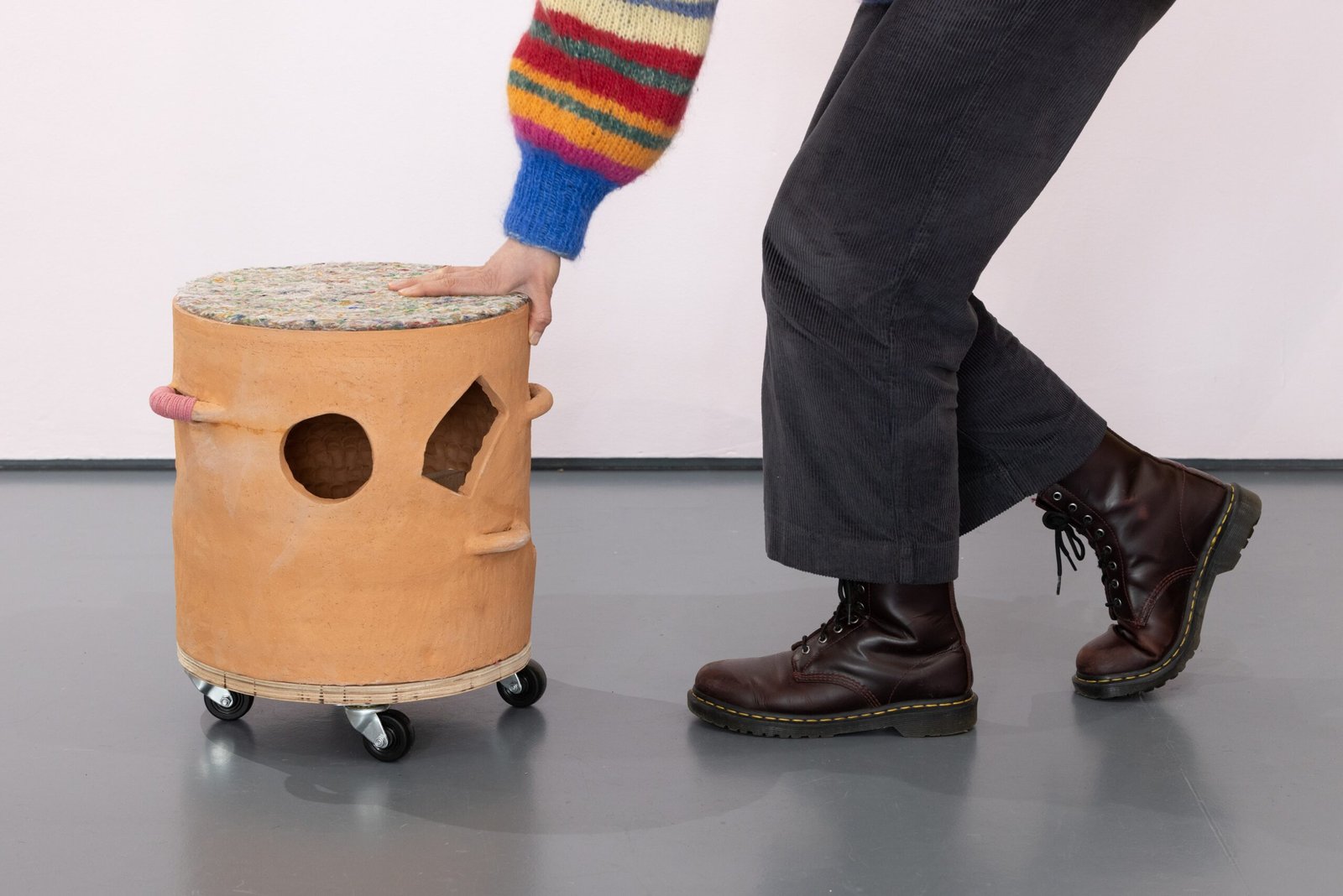The Art of Collecting with Marcelle Joseph
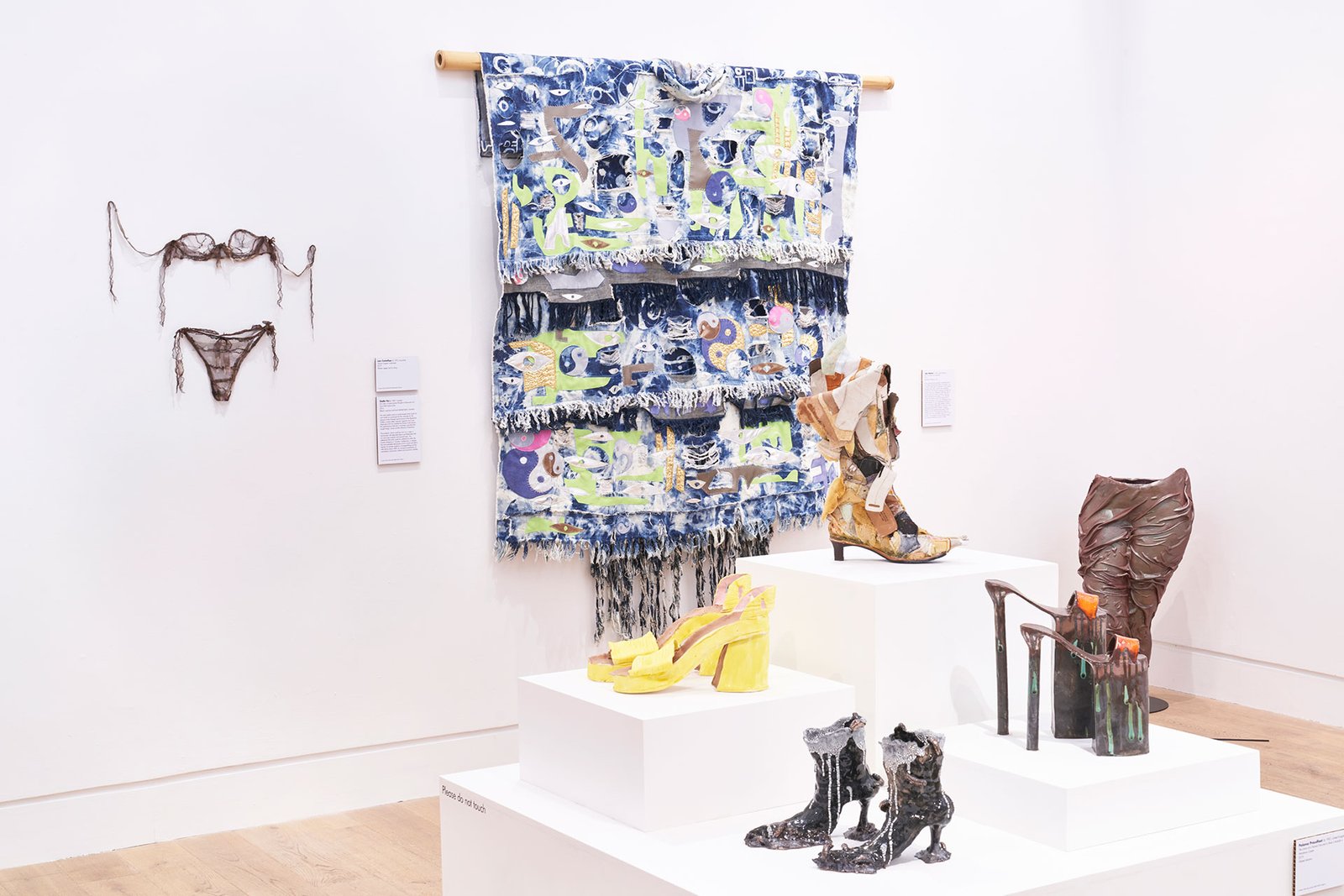
In this interview, we sit down with Marcelle Joseph, a respected collector and curator based in London, to explore her journey from corporate law to champion of contemporary art and artists. Marcelle shares insights into her collection, her passion for supporting early career artists, and her latest initiatives, including the GIRLPOWER Collection and Residency, which offer invaluable opportunities for womxn and non-binary artists to immerse themselves in their creative process.
Could you tell us about your introduction to art and the art-world, and what led you to leave a career in corporate law to focus full-time on your passion for contemporary art and artists?
I grew up in a very small rural town in upstate New York so I was surrounded more by nature than culture as a child. My grandmother was a seamstress and my great aunt was the director of one of top craft colleges in the United States – Arrowmont School of Arts and Crafts in Tennessee. So that may explain my love affair with ceramics and textiles in contemporary art.
My first introduction to art and art history was at university. While at Cornell University, I took one art history class and fell in love with that period of experimentation and creativity in the 1960’s in New York – Pop Art. In particular, I was fascinated by Robert Rauschenberg’s Combines, works in which he affixed cast-off items, such as tires or old furniture, to a traditional support. Bed (1955) was my favourite, and I always remember that tingling sensation I felt when I first laid eyes on this work at the MoMA after studying it at university. The idea of painting on your own worn-out pillow, sheet and quilt as a self-portrait of sorts excited me. As Rauschenberg said about this work, ‘Painting relates to both art and life…I try to act in that gap between the two’. I went on to take about five other art history courses while at Cornell, acquiring an unofficial minor in the subject.
After finishing university, law school at New York University and a diploma year at Oxford, I worked as a corporate lawyer in New York and London for the firm Davis Polk & Wardwell for over a decade. At the tail end of my legal career, I started to get involved as a patron at the Royal Academy of Arts and visit London galleries and museums. Feeling burnt out, I finally left the law and began to search for a profession that I was more passionate about.
I went back to school for a year in 2010, finishing a degree course in Art Business at Christie’s Education in London before later embarking on a Masters in Art History at Birkbeck, University of London. In 2011, I started Marcelle Joseph Projects, a nomadic curatorial platform devoted to supporting early career artists, and have never looked back. Work isn’t work for me anymore as I love what I do.

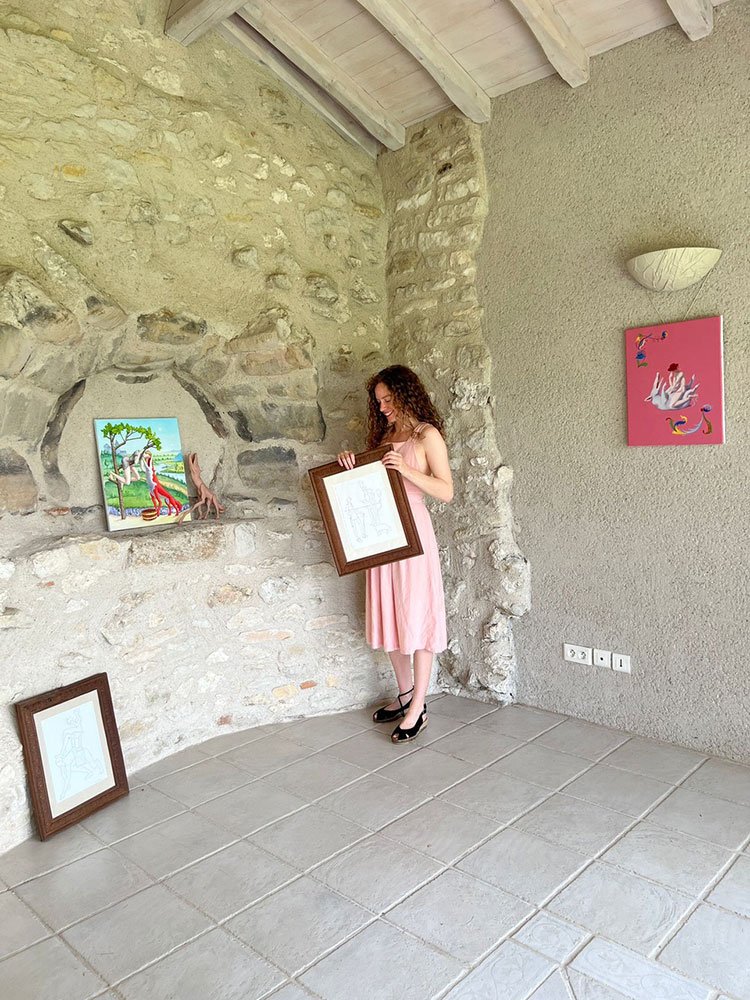

What came first – curating or collecting?
I started producing and curating exhibitions before I caught the collecting bug. I call my collection ‘a collection of conversations’ as I have worked with, written about or visited the studio of the vast majority of the artists in my collection.
Can you share how you started your personal art collection? What were some of the first pieces you acquired, and how have your tastes and focus evolved over time?
The first works I collected were works from exhibitions I curated, so works by Shaun McDowell, Charlie Billingham, Güler Ates, Liane Lang and Laurence Owen. Over the years and particularly after finishing my Masters in Art History where I specialised in feminist theory and art practice, I slowly developed my eye, learning what drives my taste and honing the philosophy of my collection. I call myself an activist collector as I largely collect early career womxn and queer artists who make work that is about the performativity of identity politics and/or is all about materiality and the processes of making. I also care a lot about supporting artists at the point in their career when they need it the most so I am predominantly buying the work of early career artists. This is enforced by setting a strict maximum financial amount per artwork so at a certain point in an artist’s career, I am priced out of their market. But what I’m most interested in achieving across all my activities – whether it be curating, collecting or patronage – is the representation and support of artists who have been marginalised by the patriarchal canon.
At the end of the day, the reason why I buy the work of predominately women artists is to explore my own subjectivity as a woman in this world. Also, for me, collectors need to invest in excellence and excellence has no gender, race or class.
Looking back, are there particular artists you’ve supported early in their careers that you’re especially proud of? How have you seen their work and careers develop since then?
I am very proud to have worked with last year’s Turner Prize winner Jesse Darling a few months after he graduated from the Slade on a group exhibition titled ‘Material Girls and their Muses’ in a disused space in London’s diamond district in 2014. I collected two works from that exhibition and have since loaned them to Jesse’s solo exhibition at Modern Art Oxford in 2023 and another exhibition I co-curated that featured my own collections in 2023-24 at the University of Leeds’ Stanley & Audrey Burton Gallery. I am also very honoured to have acquired a video that Sin Wai Kin made for their degree show at the Royal College of Art, and one of Zadie Xa’s first textile works that served as a protype for her first ever performance at the Serpentine Galleries.
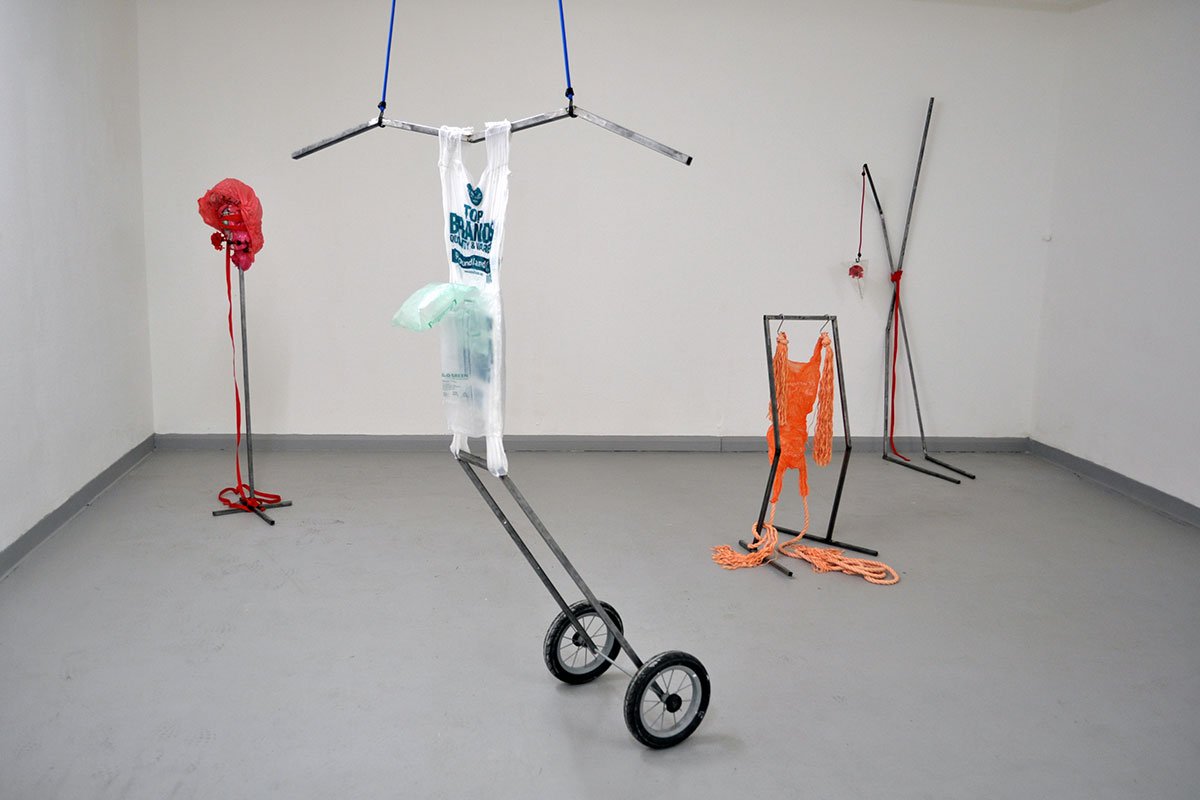
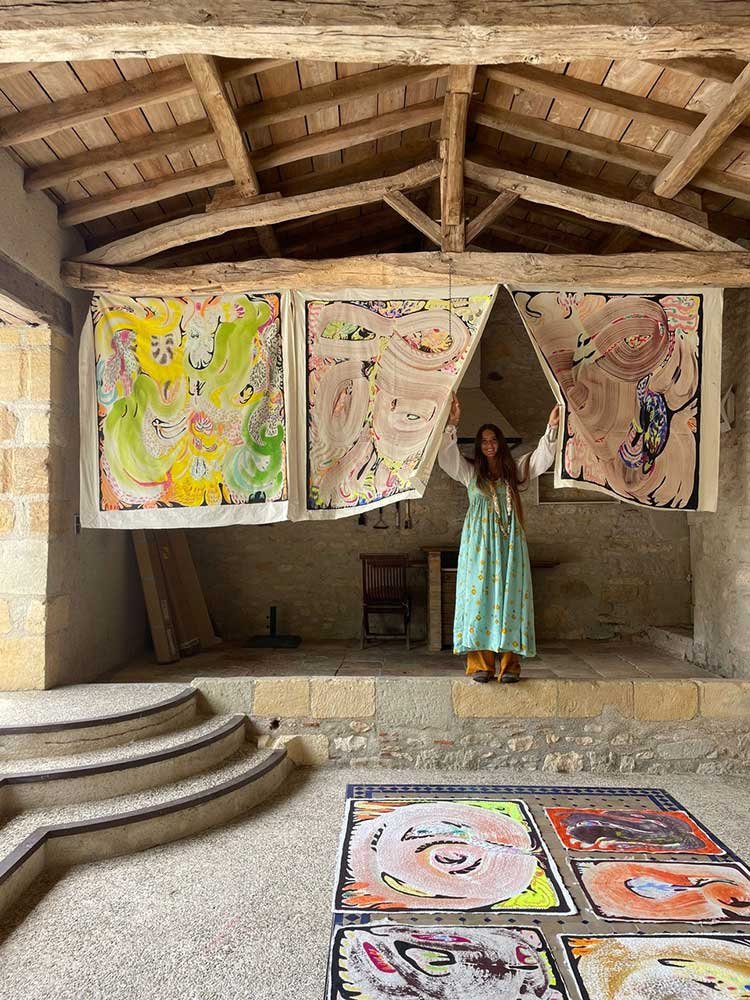

You’ve created an incredible platform for female-identifying and non-binary artists through both the GIRLPOWER Collection and now the GIRLPOWER Residency. Could you share what motivated you to extend your support for these artists from collecting their work to launching a residency program?
In 2012, my friend Kimberly Morris and I decided to form a 50/50 collecting partnership called the GIRLPOWER Collection. Devoted to collecting the work of early career female-identifying and non-binary artist, this collection now includes works by the likes of Rebecca Ackroyd, Amalia Ulman, Noemie Goudal, Athena Papadopoulos, France-Lise McGurn, Alberta Whittle, Penny Goring, Lindsey Mendick and Paloma Proudfoot among many others. In 2023, we launched the GIRLPOWER Residency at Kimberly’s summer home in southwestern France to give three female-identifying or non-binary artists each year the space and time for research and experimentation in the rural heartland of the Lot-et-Garonne department in the Aquitaine region. The thrust of the programme emanates from our desire to extend our patronage beyond the purchase of art to personal involvement with the artists themselves. The relationship between the artist-in-residence and the host is an important aspect of the programme. Our mission at the GIRLPOWER Residency is to provide early career artists with an opportunity to slow down and centre their focus on their practice without the stress of deadlines and life in a big city. We invite three artists each year to immerse themselves in the history and culture of the area that dates back to the Knights of Templar and to take in the breathtaking views around the property. Located in the rural countryside, we invite artists to engage in a quieter and more isolated environment that will ideally launch a new development in their practice.
The residency is designed to accommodate each artist’s unique approach, allowing for open-ended outcomes, whether that be a body of work, community involvement, or personal reflection. Why was it important for you to offer such flexibility, and how do you think this benefits the artists involved?
Kimberly and I did not want to put any pressure to produce on the artists-in-residence. Being away from home and studio for a month can be stressful despite the beauty and calm of the area they are visiting. We wanted to give these artists a chance to find something that inspires their practice. For Becky Tucker, it was the gargoyles on the Bordeaux Cathedral that we visited on a day trip. For Emily Moore, it was our visit to an iris farm where over 500 species were in bloom in May 2023. For others, it could be a cherry tree in blossom, the bees buzzing in the linden trees outside their bedrooms, or the rolling fields of the farmland behind Pech Gris, Kimberly’s summer home.
Finally, as someone who always seems to have a new project round the corner, who do you decide where to focus your energy and what can we expect to see from you next?
For me, I keep a list of curatorial projects I would like to undertake. Most group exhibitions reflect on our contemporary moment but using an epigraph from something I am reading or listening to. Examples have included the likes of Ursula K. Le Guin, Judith Butler, Virginia Woolf, Anne Carson, Octavia E. Butler, Astrida Neimanis and Frank Ocean. My next exhibition will feature the work of the three artists from the GIRLPOWER Residency 2024: Melania Toma, Paula Turmina and Atalanta Xanthe. Ione & Mann will host this exhibition at their space in Mayfair in February/March 2025. After that, I will be curating my first exhibition in New York at Margot Samel’s Tribeca space in Summer 2025.



More Media
June 17, 2025
We talk with Carla to talk about her recent exhibition The Fuddling Gossips, and how gossip, care, and collaboration continue to shape both her practice and her community studio, Common Clay.
May 16, 2025
In this episode, George meets Bex Wade - a trans non binary photographer based in the UK - in their solo exhibition "I Know Who I Am By Being With You" at SLQS Gallery in London.
April 2, 2025
Tatiana Cheneviere founded Pipeline in Fitzrovia in 2022 as a space for deeper engagement — not just with the artwork on view, but with the ideas that drive it. Each artist is introduced through a single work before their exhibition opens, offering a slower rhythm and an emphasis on storytelling. Ahead of presenting at MEGA, Tatiana reflects on the value of collaboration, the influence of non-profit spaces, and why she finds her greatest inspiration in the artists themselves.
April 1, 2025
Trium is a young gallery with a growing international presence, balancing a deep appreciation for art’s emotional and aesthetic value with a clear-eyed approach to investment. Ahead of their first presentation at MEGA in Milan, we spoke to Marketing Director Tanya Ganz about building connections, supporting collectors, and why the gallery's roots are grounded in both passion and strategy.

 Collaborations
Collaborations Media
Media Events
Events